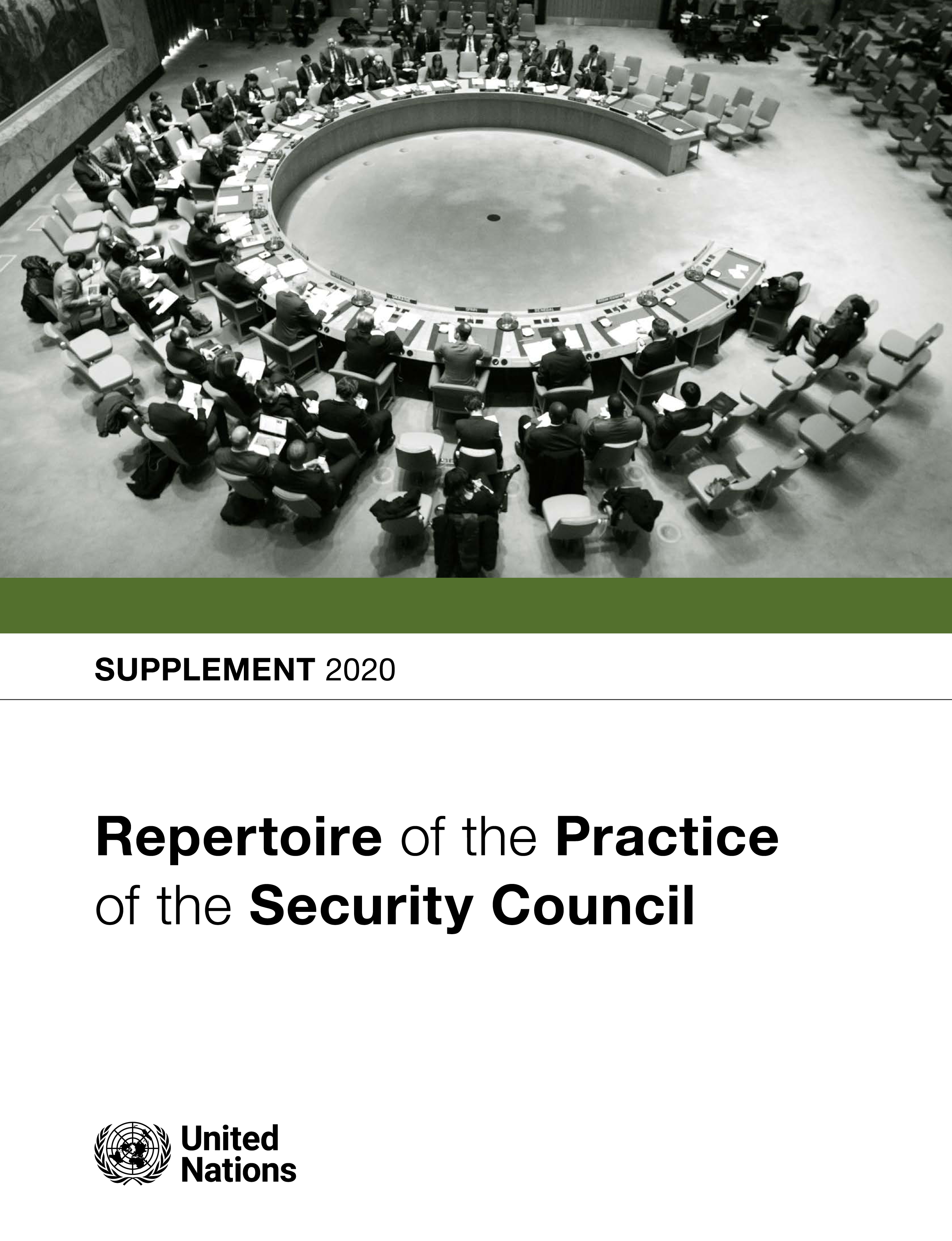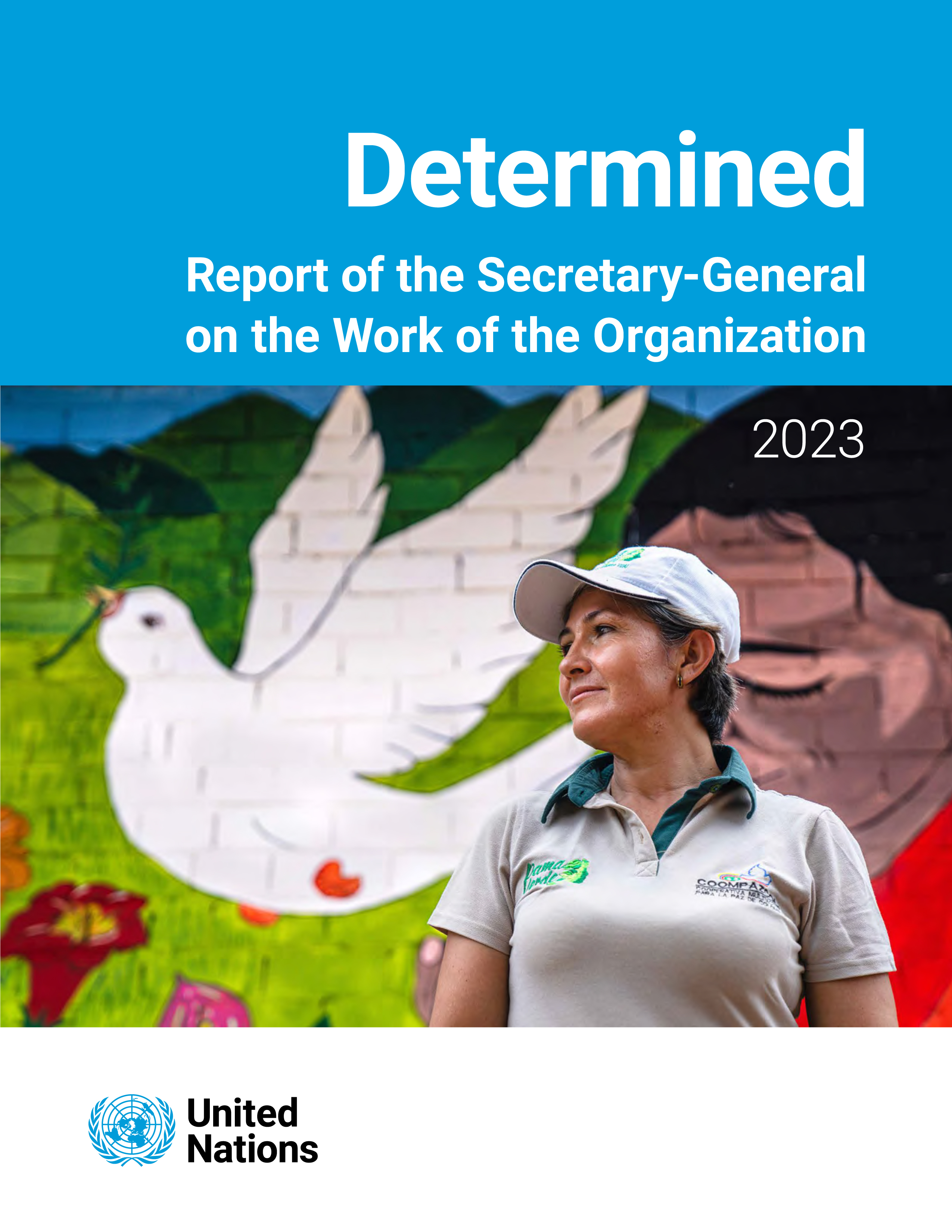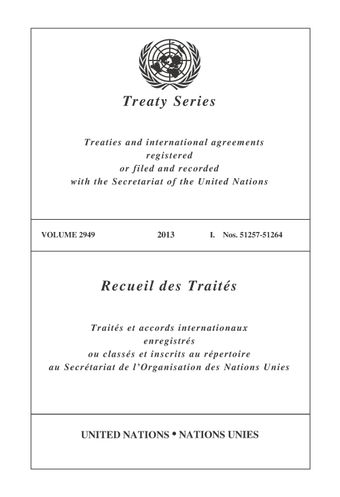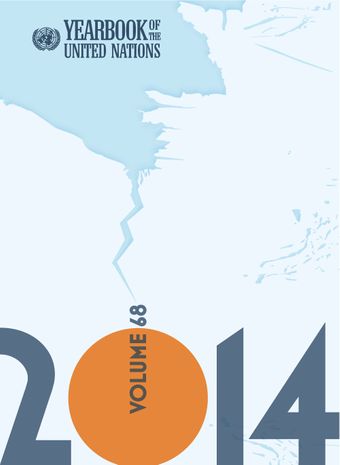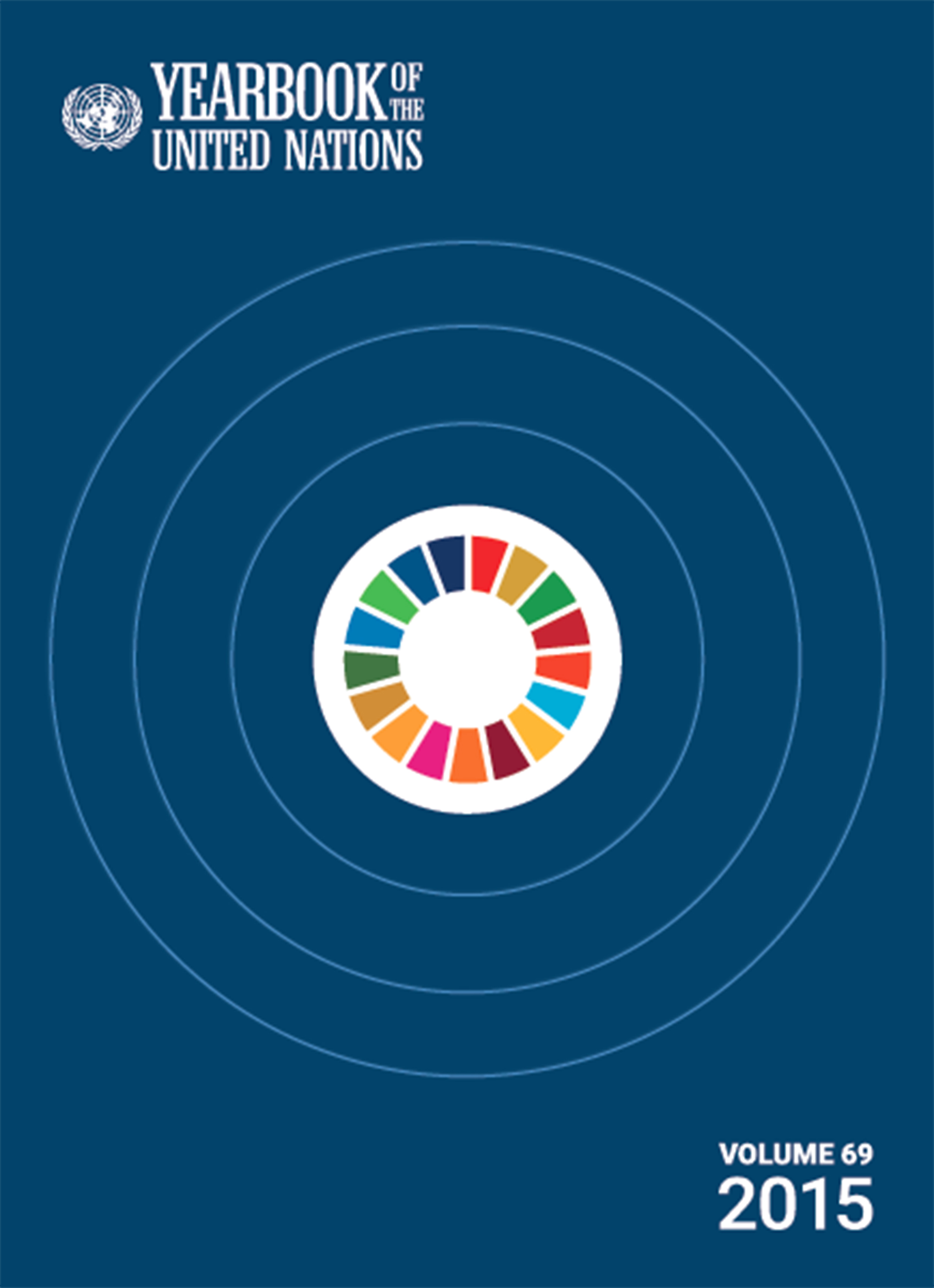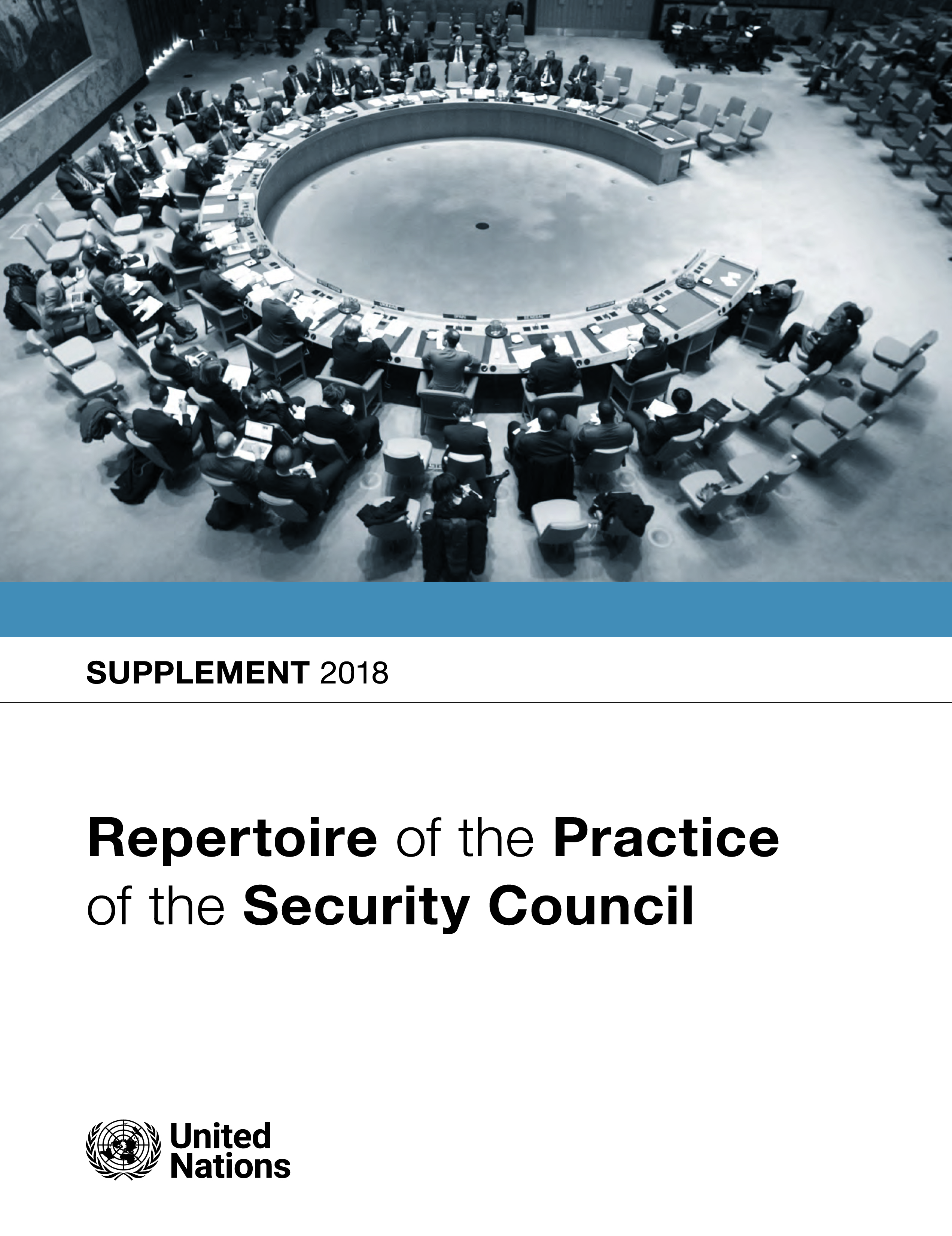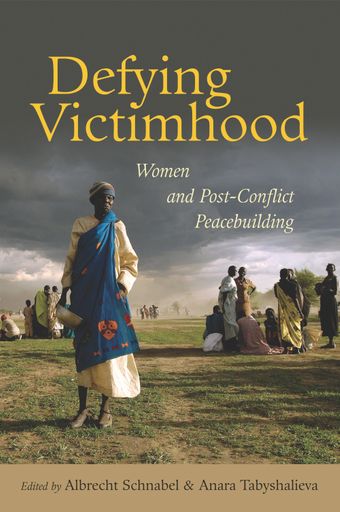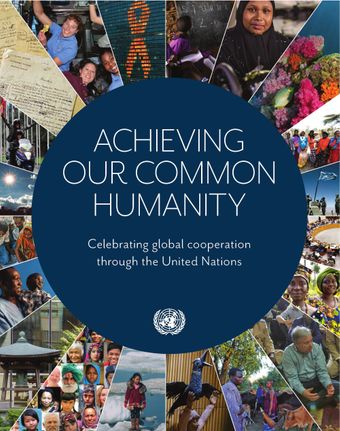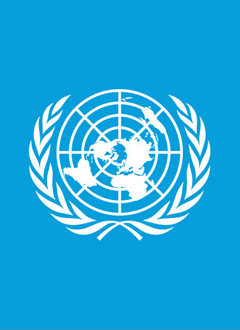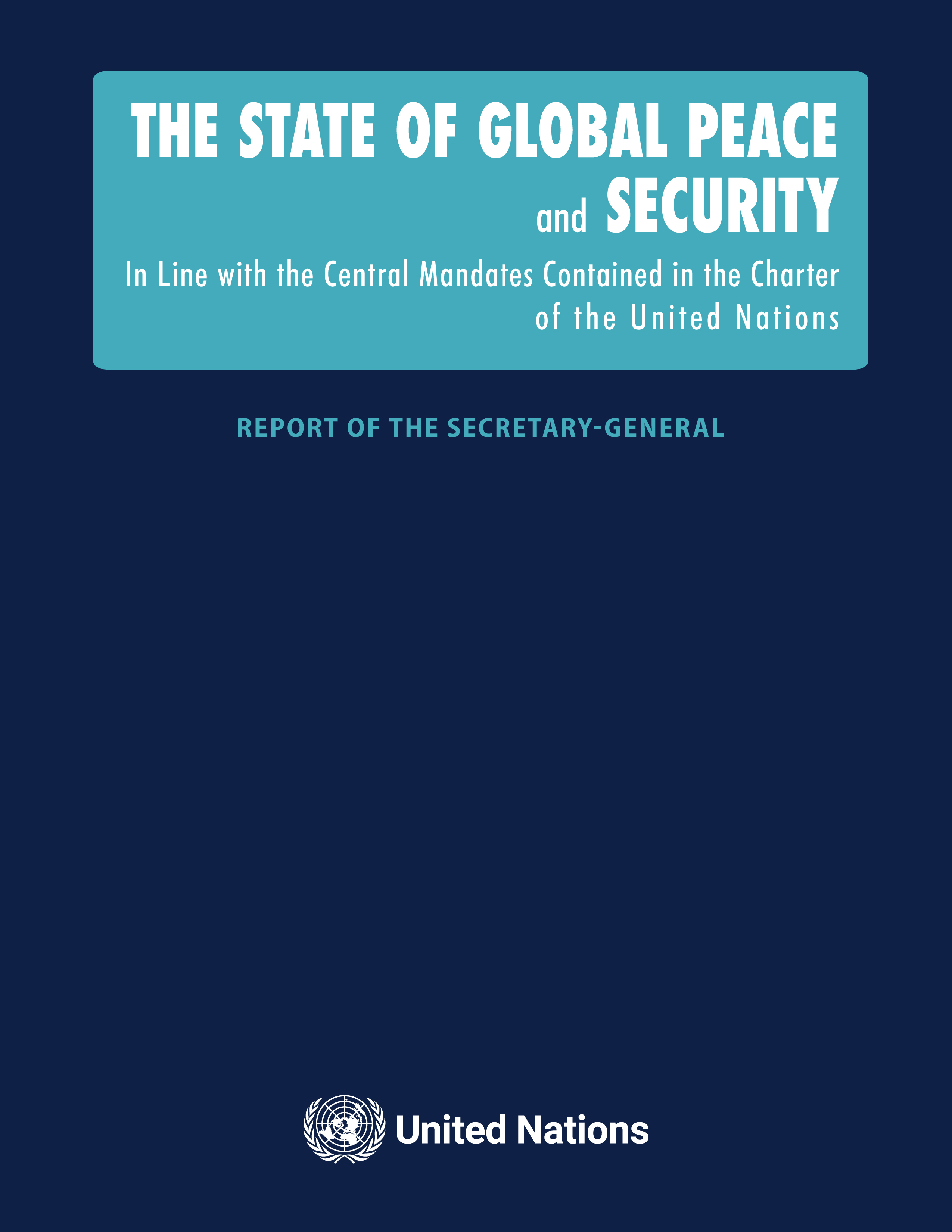Peacekeeping
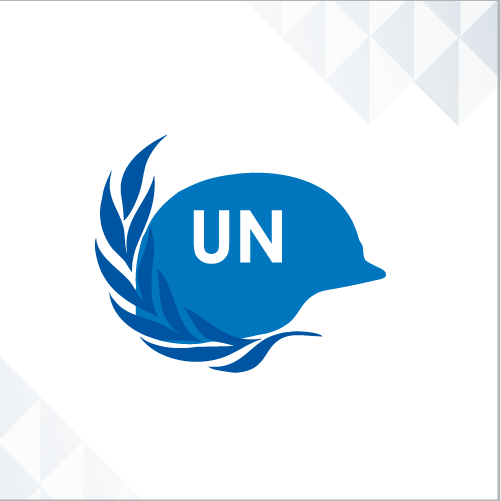
Collection Contents
17 results
-
-
No. 51262 Switzerland and Ghana
More LessAuthor: United NationsMemorandum of Understanding (MOU) between the Swiss Federal Council and the Government of the Republic of Ghana on bilateral cooperation on training by deploying and financing staff to the Kofi Annan International Peacekeeping Training Centre (KAIPTC). Accra, 18 July 2012
-
-
-
International peace and security
More LessAuthor: United NationsIn 2014, the resolve of the international community to promote and maintain international peace and security continued to be tested by the conflict in the Syrian Arab Republic, events in Ukraine, re-eruption of violent conflict in the Central African Republic and South Sudan, a worsening global security environment in which the United Nations operated, and new acts of terrorism and violent extremism.
-
-
-
Africa
More LessAuthor: United NationsIn 2015, the United Nations continued to support the pursuit of peace, security and stability in Africa by assisting its countries through nine peacekeeping operations and five political and peacebuilding missions.
-
-
-
Defying victimhood: Women as activists and peacebuilders
More LessAuthors: Anara Tabyshalieva and Albrecht SchnabelThe chapters in this volume cover a wide range of women’s post-conflict peacebuilding experiences in different parts of the world. Post-conflict situations are windows of opportunity during which gender relations can and should be rethought and which, if properly utilized, can serve as the right moment to “rewrite” the rules and practices that previously served as obstacles to the participation of women in society. Overall, our book is meant to challenge the popular and often-propagated assumption that women should be supported, empowered and given a voice merely in their roles as victims. Collectively, we provide evidence in support of the growing understanding at international, national and local levels that while – and because – women are disproportionately affected by war, they can be powerful agents of positive and sustainable change if brought on board and given the chance to participate in every aspect of a society’s peacebuilding process.
-
-
-
The United Nations keeping the peace
More LessAuthor: United NationsPeacekeeping is one of the most important tools available to the United Nations for promoting and maintaining international peace and security. UN peacekeepers are deployed to territories where fighting has been halted to aid in the difficult transition from conflict to peace, including the implementation of peace agreements. The United Nations has no standing army or police force of its own; instead, Member States are asked to contribute military and police personnel required for each mission. Since the first operation was deployed in 1948, more than 1 million women and men from 125 countries have served in 71 missions as military, police or civilian personnel. More than 3,900 peacekeepers have lost their lives in the line of duty. As at 31 March 2020, over 95,000 peacekeepers were deployed in 13 missions around the world, carrying out an array of functions.
-
-
-
A New Agenda for Peace
Our Common Agenda Policy Brief 9
More LessThe challenges that we face can be addressed only through stronger international cooperation. The Summit of the Future, in 2024, is an opportunity to agree on multilateral solutions for a better tomorrow, strengthening global governance for both present and future generations. The UN Secretary-General has been invited to provide inputs to the preparations for the Summit in the form of action-oriented recommendations, building on the proposals contained in his report entitled “Our Common Agenda”, which was itself a response to the declaration on the commemoration of the seventy-fifth anniversary of the United Nations. The present policy brief is one such input. Peace remains an elusive promise for many around the world. Conflicts continue to wreak destruction, while their causes have become more complex and difficult to resolve. This may make the pursuit of peace appear a hopeless undertaking. However, in reality, it is the political decisions and actions of human beings that can either sustain or crush hopes for peace. War is always a choice: to resort to arms instead of dialogue, coercion instead of negotiation, imposition instead of persuasion. Therein lies our greatest prospect, for if war is a choice, peace can be too. It is time for a recommitment to peace. In the present document, the Secretary-General offers his vision of how we can make that choice.
-
-
-
We are the First Spark: The Quest of Women Peacebuilders in Iraq for a More Peaceful and Equal Society
Development Futures Series No. 59
More LessThis brief examines how the women members of peace groups, established through a UNDP initiative in Iraq, overcame traditional barriers to play the role of peacemakers and social developers in their communities. From their perspective, the brief highlights the opportunities made available in post-conflict Iraq and identifies three realms that remained key in assuming their new roles in society: family dynamics, interactions with male community members and the media. Thus, it provides an understanding of the pathways through which women in traditional and conflict-affected societies like Iraq assumed the responsibility to rebuild their communities and initiate a structural shift in gender equality and social norms.
-
-
-
Defying Victimhood
Women and Post-conflict Peacebuilding
More LessAuthor: United NationsWomen are among the most competent, yet marginalized, unnoticed and underutilized actors in efforts to rebuild war-torn societies. Opportunities for sustainable peacebuilding are lost — and sustainable peace is at risk — when significant stakeholders in a society’s future peace and conflict architecture are excluded from efforts to heal the wounds of war and build a new society and a new state. The contributors to this book draw on comparative case and country studies from post-conflict contexts in different parts of world to offer their insights into frameworks for understanding women as both victims and peacebuilders, to trace the road that women take from victimhood to empowerment and to highlight the essential partnerships between women and children and how they contribute to peace. The authors examine the roles of women in political and security institutions.
-
-
-
Resolutions and Decisions of the Security Council
More LessThe United Nations Security Council is charged with the maintenance of international peace and security; accepting new Member States, and approving any changes to the United Nations Charter. Its powers include the establishment of peacekeeping operations, the establishment of international sanctions, and the authorization of military action through resolutions. It is the only UN body with the authority to issue binding resolutions to Member States. The body's five permanent members are China, France, Russia, UK and USA. The Security Council also has 10 non-permanent members, elected on a regional basis to serve two-year terms.
-
-
-
The State of Global Peace and Security
In Line with the Central Mandates Contained in the Charter of the United Nations – Report of the Secretary General
More LessAuthor: UN DPPAThis report highlights the evolving nature of armed conflict and violence, examining seven major trends related to global peace and security today. It notes areas of progress and in which solutions are still wanting, as well as opportunities and persistent challenges faced by the international community. It subsequently serves as a contribution to the reflections that will take place during the 75th anniversary of the United Nations and throughout the Nelson Mandela Decade of Peace. In that regard, it also serves to honour the spirit and wisdom of one of the world’s great humanists. As Mr. Mandela himself declared, “peace is not just the absence of conflict; peace is the creation of an environment where all can flourish, regardless of race, colour, creed, religion, gender, class, caste or any other social markers of difference”.
-
-
-
Year in Review: United Nations Peace Operations
More Less"Year in Review" is the United Nations Department of Peacekeeping Operations' main annual publication - It invites you to read about the key events that shaped each year, and gain an insight in to the peacekeeping world.
-

